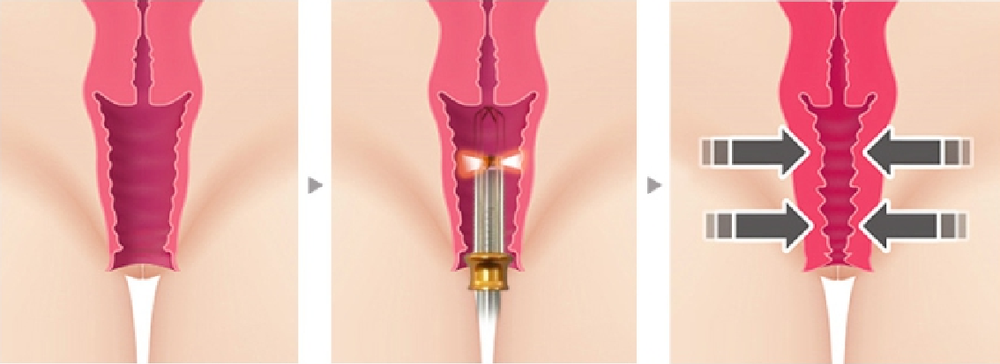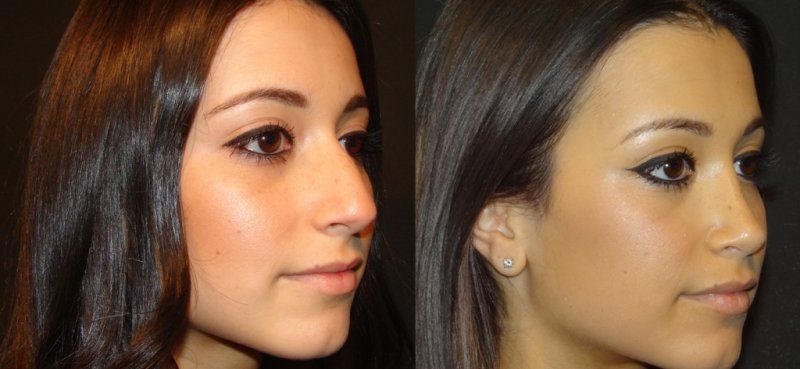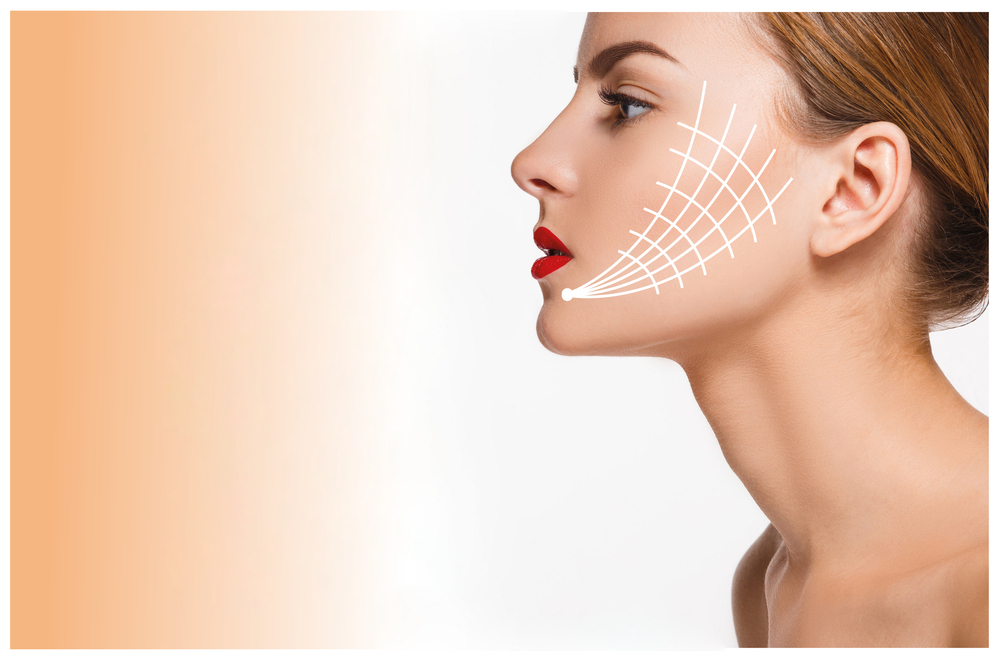
One way to relieve fluid retention under one eye is to apply a cold compress, which can be a wet washcloth or a chilled spoon. This can be done for as long as 20 minutes. Tea bags are another option to reduce fluid retention. A cold metal facial roller is also a great option.
Salt and sodium
Fluid retention is a condition where fluid builds up under the eye. You can reduce salt and sodium intake to soothe irritation and swelling. You should avoid salty processed foods and other packaged foods. Water is essential to flush out sodium from your body. The American Heart Association recommends adults limit their intake to 1,500 mg of salt per day. However, Americans consume almost twice the recommended daily intake.
Fluid retention under one's eyes can occur from many different factors. However, the most common cause is excessive salt intake. This condition can be caused by inadequate sleep, allergies, or hormone changes. Processed foods, canned beans, and meats can all contain sodium. A diet high in processed food may also contribute to this condition.
Allergies
An allergy is one of many causes of swelling around the eyes. In severe cases, a person may develop an allergic reaction called angio-oedema. The skin around the eyes may swell and cause itching and pain. It can also affect the skin around the eyes, the hands, and the feet. An allergy or infection can trigger it. It can also occur in families.

You might be allergic to certain chemicals or foods. You may also be allergic to dust or pet hair. It is impossible to avoid allergies completely, but you can minimize them.
Sun exposure
The best thing to do if you are suffering sunburn or have under-eye bags is to limit your exposure to the sun. Sun's UV rays can cause skin damage and degrade collagen and elastin. These proteins are crucial for skin structure, firmness, and strength. Sagging can be caused by prolonged exposure to the sun. This loss of elasticity can lead to mild under-eye swelling.
Sun exposure can also lead to a condition known as photokeratitis, a temporary eye condition caused by exposure to the sun's ultraviolet rays. The cornea is the clear tissue that covers the inside and white eyelids. These people are especially vulnerable if they live in high altitude areas. High-altitude residents are more susceptible to UV-A radiations. These rays can cause damage to the eyes and impair vision. The good news is that UV-B rays can be absorbed by the ozone layer and are therefore not as damaging to the eyes.
Blockage of tear ducts
However, it is easy to fix. These ducts can be opened with a variety of surgical and non-surgical methods. If you suspect that your tear ducts are blocked, you should consult a doctor to determine the best course of treatment.
Treatment options for blocked tear ducts are dependent on the cause of the condition and may include surgery to remove the blockage. Other options include medication and protective eyewear.

Anaphylactic shock
A medical condition called anaphylaxis occurs when the body's immune system attacks an allergen. Anaphylaxis may cause an individual to feel shortness in breath, wheezing or loss of consciousness. This serious medical condition requires immediate attention and treatment. Anaphylaxis affects about one in 50 people in the United States. However, some research suggests that the rate is much higher, and may be closer to one in 20 people. The allergen can cause symptoms within five to 30 min. In some cases, the reaction may take longer.
When the body's immune system is overwhelmed, fluid can accumulate in body tissues, causing the eyes to swell. Anaphylaxis may be caused by allergies to food, medication, or any other cause. Symptoms can include wheezing, shortness of breath, and difficulty swallowing.